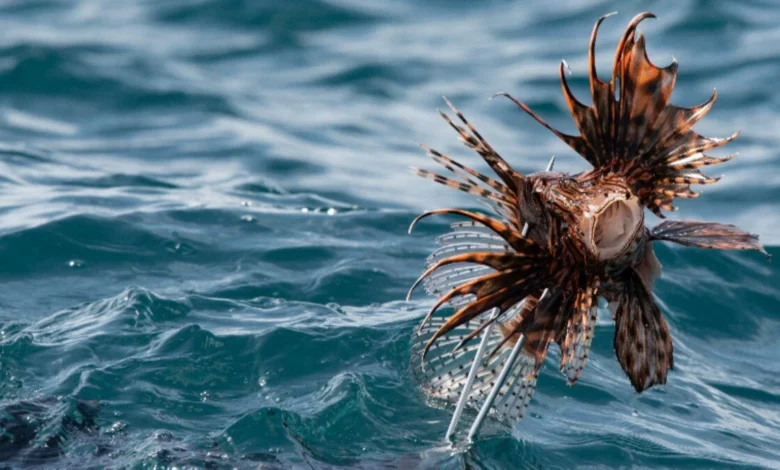According to a UN report, more than 37,000 alien species cost $400 billion per year in damages
The report also revealed that economic expansion, population increase and climate change “will increase the frequency and extent of biological invasions and the impacts of invasive alien species.”

The study on invasive species on a large scale carried out to date, the Intergovernmental Platform on Biodiversity and Ecosystem Services (IPBES) in its new publication titled the “Assessment Report on Invasive Alien Species and their Control’’ has revealed that there are 37,000 alien species, including plants and animals, that have been emerged by many human activities to regions and biomes around the world, including more than 3,500 invasive alien species and that invasive alien species is one of the major in 60% of global plant and animal extinctions.
According to a comprehensive scientific report released on Monday, invasive species that destroy crops, devastate forests, transmit disease, and upend ecosystems are proliferating over the world at an ever-increasing rate. Humanity has not been able to stop this tide. The failure is costing well over 400 billion dollars a year in damages and lost income — the equivalent to the GDP of Denmark or Thailand — and that is likely a “gross underestimation”, according to the intergovernmental science advisory panel for the UN Convention on Biodiversity (IPBES).
Following a week-long conference that began on August 28 and included representatives of the 143 member States that had accepted the study, the IPBES released its report. IPBES is an independent intergovernmental organisation established to strengthen the science-policy interface for biodiversity and ecosystem services, working in a similar way to the IPCC(Intergovernmental Panel on Climate Change), which is the UN’s climate science body. The study, which was conducted over four years by 86 top specialists from 49 nations, used more than 13,000 references.
According to an article the IPBES has said, “ Not all alien species establish and spread with negative impacts on biodiversity, local ecosystems and species, but a significant proportion do – then becoming known as invasive alien species. About 6% of alien plants; 22% of alien invertebrates; 14% of alien vertebrates; and 11% of alien microbes are known to be invasive, posing major risks to nature and people.”
The report also mentioned that many invasive alien species have been intentionally introduced for their perceived benefits, “without consideration or knowledge of their negative impacts” – in forestry, agriculture, horticulture, aquaculture, or as pets.
Economic expansion, population increase and climate change “will increase the frequency and extent of biological invasions and the impacts of invasive alien species,” the report stated.
According to a report Prof. Anibal Pauchard, co-chair of the Assessment said, “Invasive alien species have been a major factor in 60% and the only driver in 16% of global animal and plant extinctions that we have recorded, and at least 218 invasive alien species have been responsible for more than 1,200 local extinctions. 85% of the impacts of biological invasions on native species are negative.”
The report said that annual costs of invasive alien species have at least quadrupled every decade since 1970, as global trade and human travel increased. Invasive alien species damage the world economy more than $423 billion in 2019 alone.
Nearly 80% of the observed effects of invasive species on what nature provides for humans are detrimental.
Water Hyacinth
The water hyacinth is the world’s most widespread invasive alien species on land. The hyacinth that at one point covered 90 per cent of Lake Victoria.
Many non-native species and plants, including lionfish and deadly algae, have made their way into the Mediterranean Sea via the Suez Canal from the Red Sea.
The second and third most widespread species worldwide are the black rat and the blooming plant lantana.
IBPES Warning
The IPBES report has also warned that warming temperatures and climate change could favour the expansion of invasive species.
The report said “Climate change is also predicted to increase the competitive ability of some invasive alien species, extending the area suitable for them and offering new opportunities for introductions and establishment. Invasive alien species can also amplify the impacts of climate change, stating an example it said invasive alien plants, especially trees and grasses, can sometimes be highly flammable and promote more intense fires.
Please, also have a look into : Over-sharing kids’ lives online could cost you whooping $900 million/year in damages by 2030



